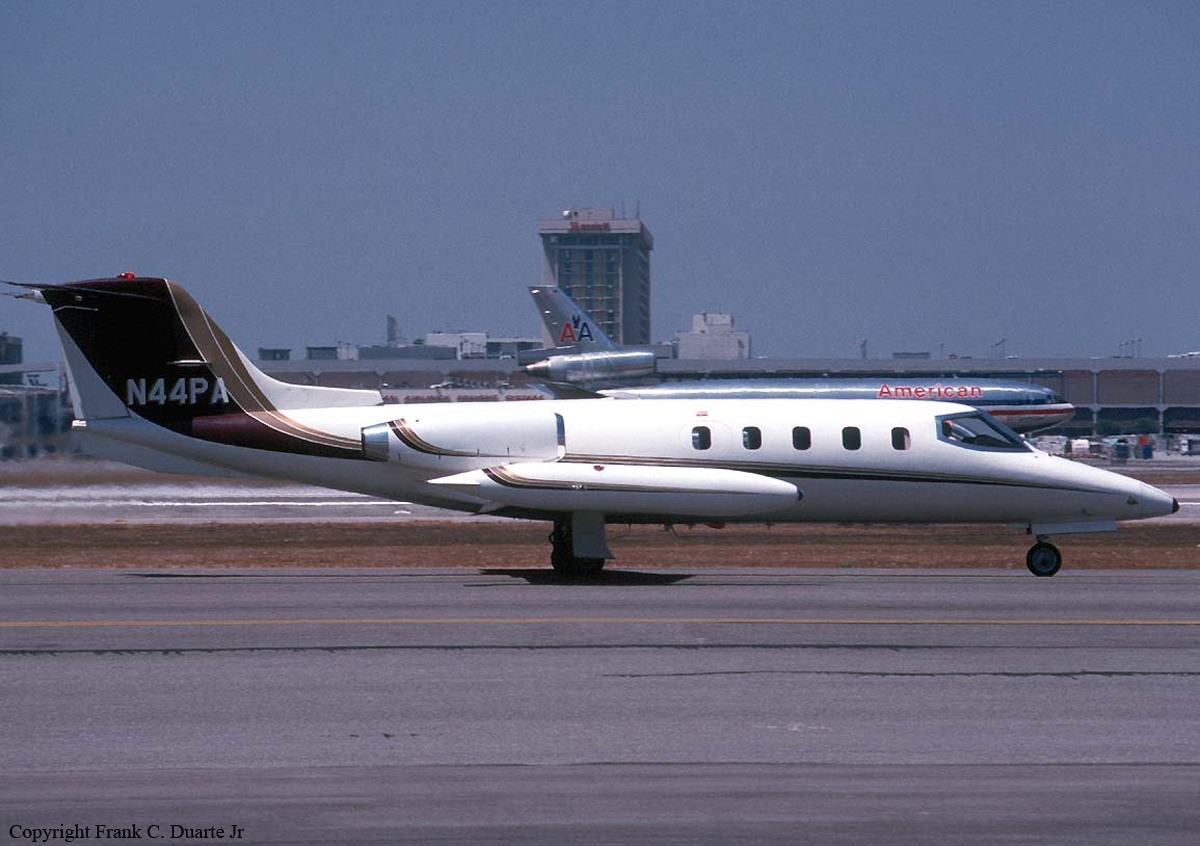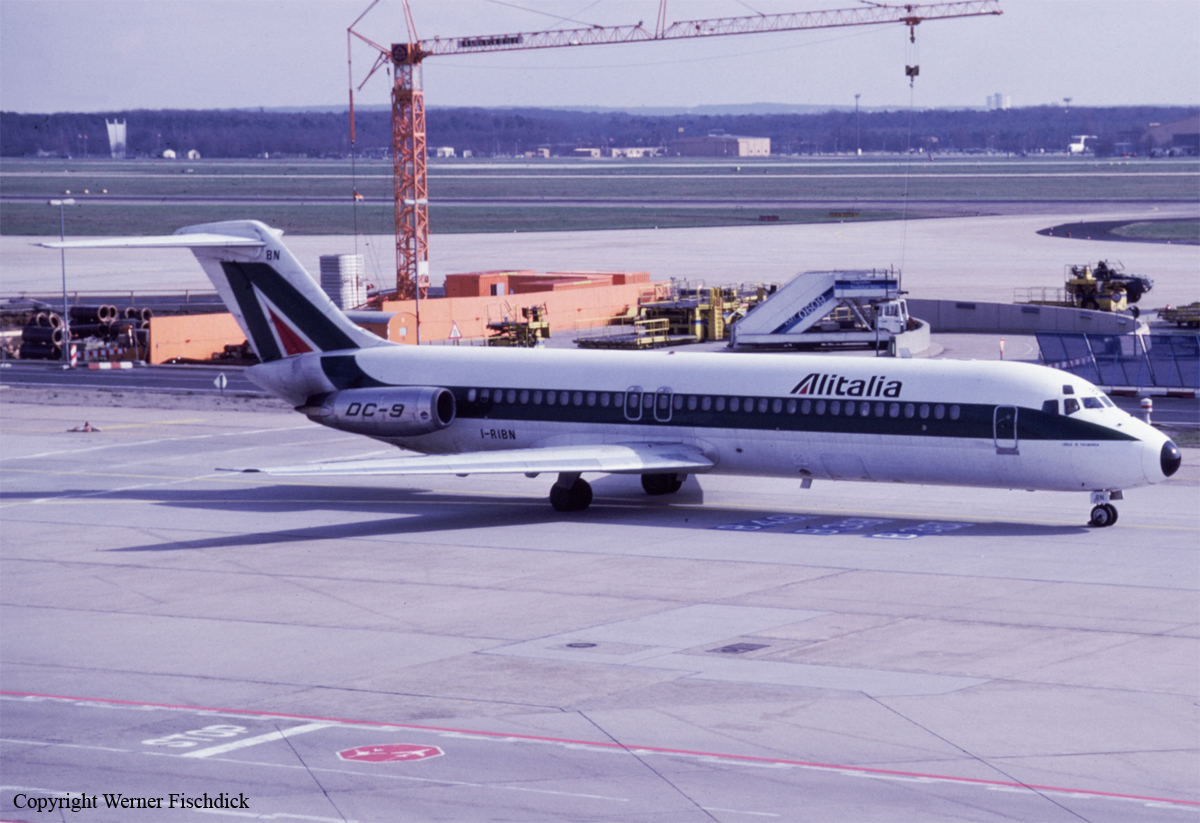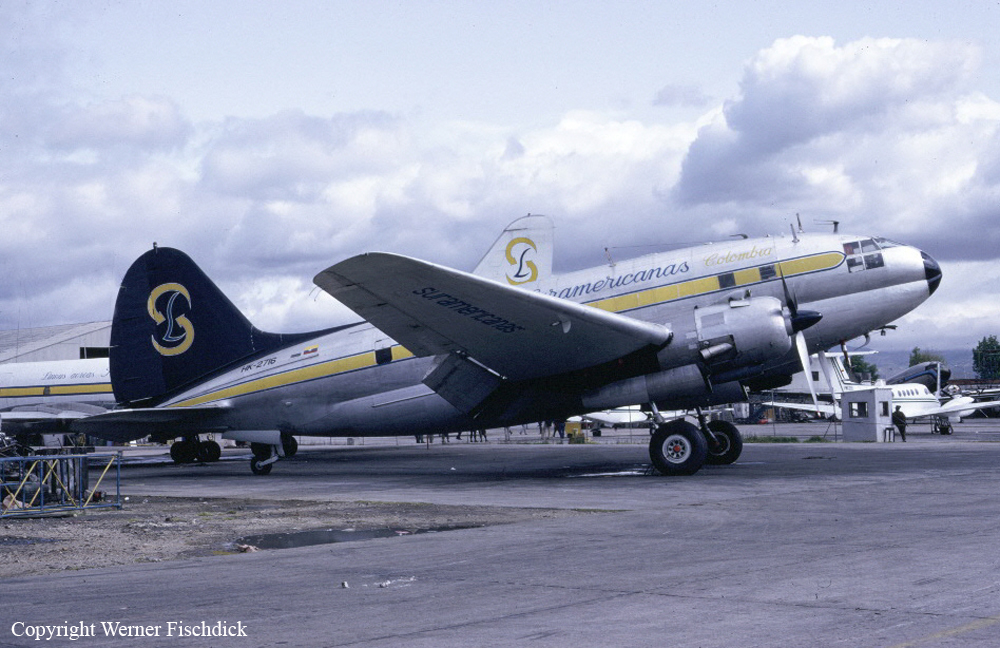Crash of a Learjet 25B in Carlsbad
Date & Time:
Dec 23, 1991 at 0825 LT
Registration:
N44PA
Survivors:
Yes
Schedule:
Tulsa - Carlsbad
MSN:
25-144
YOM:
1974
Crew on board:
3
Crew fatalities:
Pax on board:
0
Pax fatalities:
Other fatalities:
Total fatalities:
0
Captain / Total hours on type:
117.00
Aircraft flight hours:
8117
Circumstances:
The pilot and copilot reported in their written statements that the airplane was above glideslope on the final approach. They said the airplane touched down about 1,500 feet from the approach end of the 4,700 feet long runway. The pilot said he applied the brakes but could not stop the airplane on the runway. The airplane departed the end of the runway and continued forward over rough and uneven terrain. The main landing gear sheared off and penetrated both wings. The airplane came to a stop in a gully. Other witnesses located on the ground and in the air traffic control tower reported the airplane was 'high and fast' and touched down at about midfield or after.
Probable cause:
The pilot not attaining the proper touchdown point because of excessive altitude and airspeed, and the pilot's failure to perform a go-around. A factor in this accident was the rough and uneven terrain which was encountered after the aircraft departed the runway.
Final Report:
















